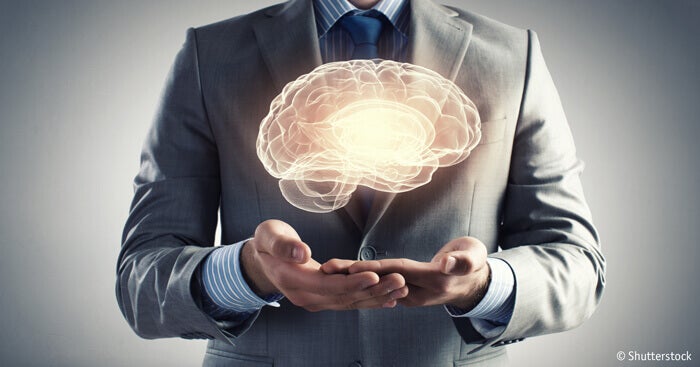The riddles of the human brain are a permanent source of research, but they persist. There are many questions that science has not yet answered, it has only managed to venture into a few answers, and they are all fascinating.
Our brain only makes up 2% of our body. However, it consumes 20% of the total oxygen and the same percentage of the energy that enters our body. If we could connect an electrode to the brain, its energy would be used to light a 60-watt light bulb. In addition, this organ has transformed the entire planet.
“As long as the brain remains a mystery, the universe will remain a mystery. “Santiago Ramon and Cajal?
Our neurons can only be seen under a microscope. There are more than 100 billion of them, but they are unable to reproduce. With this colossal organ, the human species has managed to be what it is, but the mystery remains and there are still seven riddles to be solved.
When we learn something new, changes occur in the brain, however, it is unclear exactly how these changes occur or what the consequences are in particular.
One of the great riddles of the human brain is how different types of memory are activated; there is a long-term and short-term memory; there is also a declarative memory, which supports the exact data; and a non-declarative memory, which is linked to actions, such as swimming, for example.
Scientists suspect that there is a common element in all types of memory, but have not yet found it at the molecular level, nor do they know how and why memories change or disappear.
Emotions are one of the great riddles of the brain, first of all we must point out that a consensus has not yet been reached on how to define them from a neurological point of view, are brain states and such states allow us to give value to emotions. In addition, from there an action plan is generated, however, this assessment is not shared by all scientists.
Emotions have a physical reference. They involve changes in muscle tension, heart rate, body temperature, etc. There are also changes in the brain in terms of neurotransmitters, however, we do not know in detail how this set of processes works.
From a neurological point of view there is also no definition of consensual intelligence, ideas associated with how to evaluate are used to clarify the concept of intelligence, but there is no brain pattern that can be used to define this ability.
Some studies suggest that intelligence has a relationship with working memory, such research, in any case, is inconclusive, what is known is that intellectual phenomena act in different areas of the brain and with various thought mechanisms, however, intelligence remains one of the great riddles of the human brain.
The act of sleeping and dreaming about rest has always been associated, however, in recent decades it has been proven that the brain remains very active during sleep, in fact, there are times when it works more than when the person is awake.
Today there are assumptions that are more accepted, but we don’t really know why we sleep and what we dream of, although it may be a regenerative function, it is certainly not the only thing that exists in the dream. It is thought that sleep facilitates problem solving and knowledge-fixing in memory and is therefore a preparation for action.
Consciousness is a philosophical, psychological and anthropological concept, among others, but it is also a neurological issue, until now we know that contact with material things generates small changes in the brain.
However, one of the great riddles of the human brain is how different types of levels of consciousness occur. Higher consciousness, or the ability to recognize universal reality in objective terms, seems to be the result of massive feedback of brain circuits. There are no further details about it.
One of the most extraordinary powers of our brain is the ability to simulate the future, that is, predict what will happen or imagine it, is a wonderful expression of our intelligence and potential.
We don’t know how the brain can do this simulation. It is assumed to be related to the creation of patterns and their contrast with memory. At the moment, we do not know what mechanisms are used to produce this type of simulation.
It seems that the brain has some difficulty dealing with the events that occur simultaneously, this occurs when two or more events occur at different speeds.
Apparently, the brain tries to perceive them as if they were synchronized; that is, as if they were passing at the same speed. Something that, for example, can lead to dyslexia and falls in the elderly. The motive is unknown.
Although we have made great progress in neurology, many puzzles remain to be solved about how the human brain works, which is not surprising, since it is a very complex organ and it is the organ itself that performs the extraordinary task. self-knownness.

